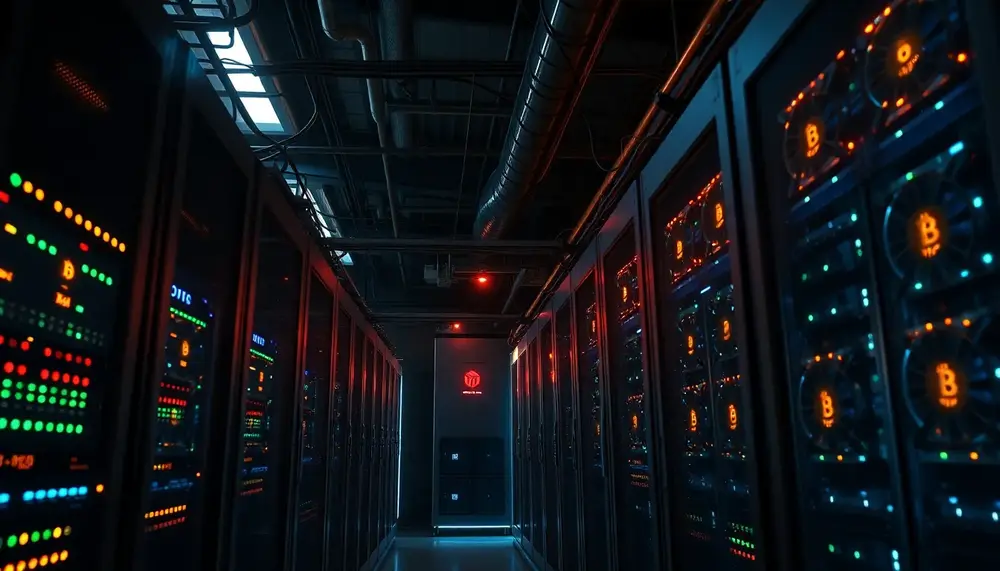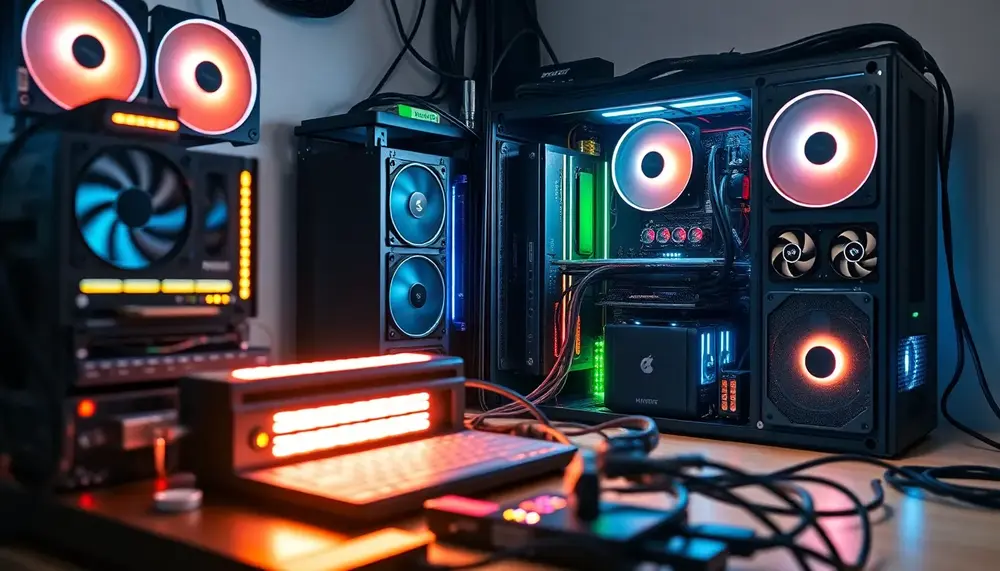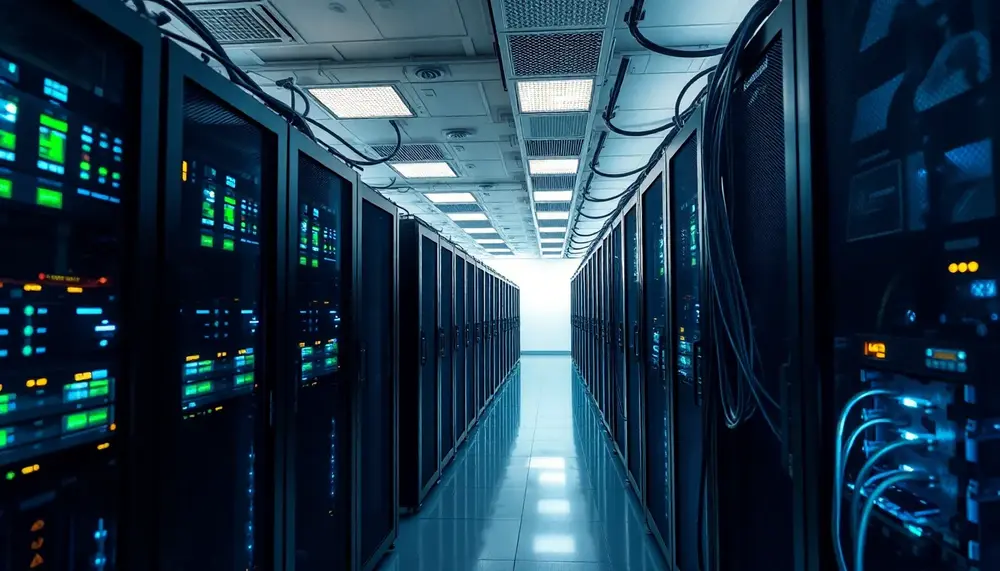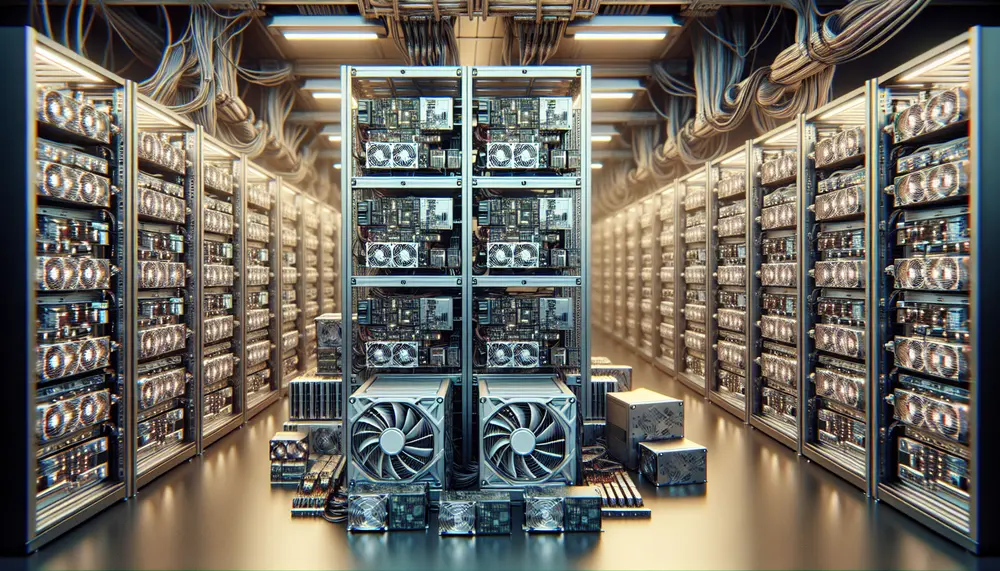Infrastructure
Infrastructure
Understanding the concept of 'Infrastructure' in Bitcoin Mining
When it comes to Bitcoin Mining, a crucial word that frequently surfaces is 'Infrastructure'. But what exactly is Infrastructure in the context of Bitcoin Mining? This glossary entry will provide a comprehensive explanation.
The Basics: What is Infrastructure?
In its simplest form, Infrastructure refers to the essential physical and organizational structures necessary for any operation. This could include buildings, roads, power supplies, or even digital networks in an online setting.
'Infrastructure' in Bitcoin Mining
When we talk about Infrastructure in Bitcoin Mining, we primarily refer to the digital and physical components that aid in the process of mining Bitcoins. These components are often behind the scenes, ensuring that the process runs smoothly.
Components of Bitcoin Mining Infrastructure
Infrastructure within Bitcoin Mining can be broadly divided into three key parts:
- Hardware: This includes high-power computers, also known as 'mining rigs', that form the physical aspect of the mining process.
- Software: The second part of the infrastructure is the software that facilitates the mining process. This includes mining software, wallets, and other associated programs.
- Network: Lastly, a good Internet connection is essential for transferring data and maintaining a link to the broader Bitcoin network.
Importance of a Robust Infrastructure in Bitcoin Mining
A strong and robust Infrastructure is key to successful, efficient, and profitable Bitcoin Mining. It ensures less downtime, higher performance, and the chance to mine more bitcoins.
Building Your Bitcoin Mining Infrastructure
Building your Infrastructure for Bitcoin Mining involves careful planning and investment. Considerations include the cost and quality of the hardware, the capabilities of the software, and the stability and speed of the network connection.
Wrapping up
In conclusion, the term Infrastructure in Bitcoin Mining refers to the essential physical and digital components that facilitate the process of mining bitcoins. Building a strong Infrastructure is key to succeeding in this field.
Blog Posts with the term: Infrastructure

The article discusses the initial investment required for crypto mining in India, emphasizing costs related to hardware, setup, and software. It also highlights key technical specifications needed for mining rigs, such as GPUs and cooling systems, while stressing the importance...

Cloud mining allows individuals to lease processing power from remote data centers for cryptocurrency mining, offering convenience and lower upfront costs but potentially reduced earnings and risks of scams. Hardware mining involves owning equipment with greater control and profit potential...

This guide provides a comprehensive overview of setting up an Ethereum mining rig, covering essential components like GPUs and motherboards, as well as key concepts such as Proof of Work (PoW) and hashrate. By the end, readers will understand how...

A mining pool is a collaborative group of miners who combine their computational resources to increase the likelihood of successfully mining cryptocurrency blocks and sharing rewards, essential due to the high power demands that make solo mining nearly impossible. Setting...

This article explores the connection between Bitcoin mining and renewable energy, specifically focusing on solar, wind, and hydropower sources. It highlights the shift towards renewable energy in Bitcoin mining driven by environmental concerns, economic benefits, and advancements in technology. The...

Setting up a crypto mining server involves selecting optimal hardware like GPUs or ASICs, building infrastructure with adequate power and cooling, installing suitable software, and ensuring legal compliance for efficient operations. This process requires careful planning to optimize performance while...

Strip mining is a surface mining method used to extract mineral deposits close to the earth's surface by removing overburden, with techniques like area and contour mining being particularly effective for coal extraction. While it offers efficiency and cost-effectiveness compared...

Bitcoin mining costs are heavily influenced by electricity expenses, which vary globally and can determine the profitability of operations; miners must balance efficiency, location advantages, and regulatory environments to succeed....

Bitcoin mining involves solving complex puzzles, requiring significant electricity consumption which impacts profitability; factors like hashrate, hardware efficiency, and regional electricity costs play crucial roles in determining energy expenditure. Technological advancements such as ASICs and smart software improve efficiency by...

Cloud mining allows individuals to mine cryptocurrencies remotely by leasing power from data centers, and Binance offers such services through its platform. Users can purchase contracts on Binance Cloud Mining without needing personal hardware or technical knowledge, but profitability is...

Ethereum mining apps enable users to mine Ethereum using smartphones or computers through cloud-based solutions, offering accessibility, cost-effectiveness, and convenience. Top apps like ETH Cloud Miner and MinerGate provide features such as real-time monitoring, security measures, and user-friendly interfaces to...

USDT mining pools allow miners to combine computational power for more consistent rewards, with benefits including increased earnings and reduced costs. Key factors in choosing a pool include size, fees, payout structure, reputation, location of servers, support community, and security...

The Australian mining tax system is complex, involving a mix of federal and state taxes with royalties playing a key role, while the industry significantly contributes to Australia's economy through GDP growth, job creation, and global exports. Despite its relatively...

Mining taxes significantly influence global economic growth and investment attractiveness, with varied systems reflecting national priorities; understanding these helps ensure fair wealth distribution from natural resources. Effective tax rates (ETRs) are crucial for balancing investment attraction and revenue collection, impacting...

